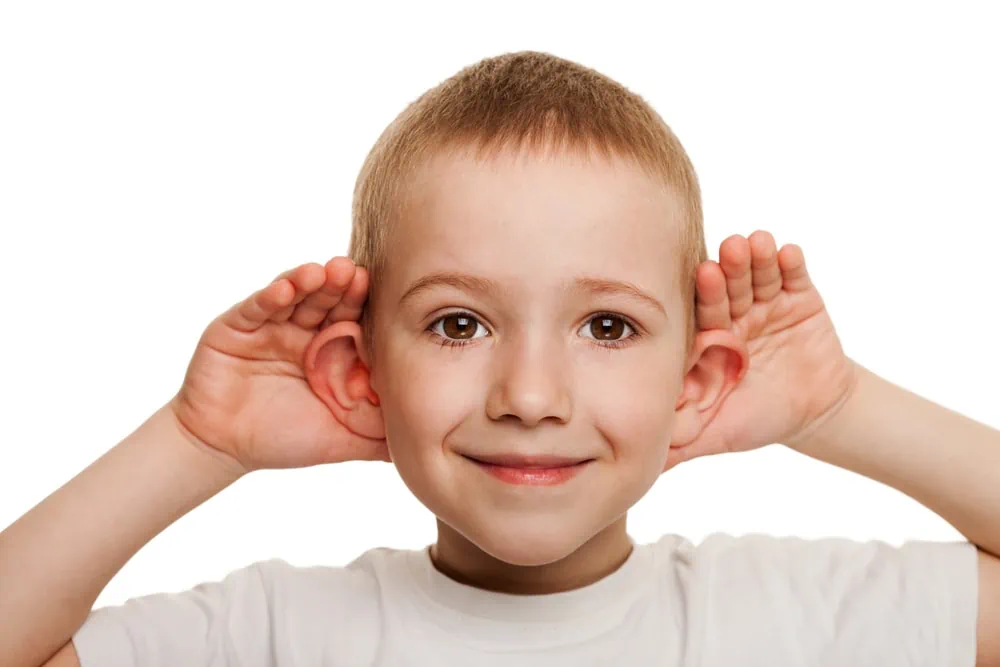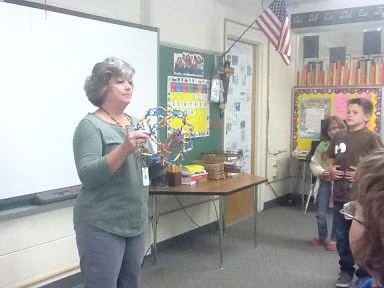Part 2 of a 5-part series. Read Part 1 here.
I was having a very busy day, with a long list of students who still needed to be seen. It was Friday, and as a school counselor, I felt like I didn’t have much left to give. Fridays often felt that way. I was ready for a break.
Then Brian stormed in. He spit out a few choice words as he grabbed a toy and flung it against the wall.
What I wanted to say: “Get out and show some respect!”
What I did say: “You look really angry.” I knew this boy. I knew things in his life were difficult. I made a choice to listen.
The Dynamics of Listening
“Yeah, I’m angry!” Brian yelled, his face turning red.

“You’d be angry, too, if kids called you fat every day!” he raged. “You’d be angry, too, if your parents were idiots who wouldn’t stop using drugs and doing stupid shit!”
“Yes, I would,” I told Brian. “It must be really hard.” He began to sob. I locked the door and closed the window shade to give him privacy. And I listened.
And I continued to listen. Sometimes it was just like this, sitting quietly next to him as tears rolled down his face. Sometimes it was while he repeatedly threw a rubber ball against a wall and expressed his sense of parental betrayal. Sometimes it was as we walked together in the shared understanding that while we couldn’t change his parents, we could still find beauty in things like the sound of the creek that ran behind the school.
Learning How to Listen
Listening is a powerful tool. As the second of the five Yoga Calm Principles, it follows quite naturally from the first, Stillness. When we can self-regulate and find that place of calm within, we are ready and able to truly listen.
One simple mindfulness practice you can start with is to invite your students to listen to and identify the sounds of their environment, as Junebug – who you may know from our Empower program – shows here in her own sweet, doggy way:
This kind of listening necessarily brings one into the present moment – just as the gentle burble of the stream would bring my young student into now and out of rumination on his angry pain. It can be done anywhere, indoors or out, for as short or as long a period as your students find comfortable. As they practice this kind of paying attention, the duration will naturally increase.
Listening to Oneself
Many of the activities we developed for Yoga Calm include a component of learning to listen to oneself.

Just as important is helping students listen to all of the different voices inside them. Can you find your strong voice? Your calm voice? Your silly voice? Your joyful voice? Which one do you need right now?
Learning to listen to the messages that come from their hearts, minds, and bodies is how children develop a strong sense of self. Learning to differentiate between true internal warning systems and memories of fear is a vital skill in helping them make positive, healthy choices.
As they begin to listen more carefully, they gain confidence. They can trust themselves to find the right path, and they can respect the path of a friend who has different needs. Listening builds connection and empathy, trust, and clarity.
Modeling Listening, Providing Opportunities to Practice Listening
As kids grow in self-awareness, they may express more of what they need. It’s up to us to provide the kind of active, empathetic listening that they need.

Of course there are times when we’re not able to listen, for whatever reason. It’s important to acknowledge this and either arrange a time to be available or help the student find someone who is, be it another teacher, relative, or family friend. In this way, we can model the kind of engaged and mindful listening we want children to emulate.
At the same time, we can give students lots of opportunities to practice both listening to each other and being listened to. Nearly all of Yoga Calm’s social-emotional activities engage these skills, but students can practice them during physical yoga, as well. This can be done through something as simple as having students take turns leading, which you can couple with a conversation-based activity like the Compliment Game
Between your modeling the skills you want to instill and giving children the opportunity to practice those skills themselves, Listening can rather quickly become an unconscious and extremely positive habit, benefitting the child both cognitively and emotionally.





